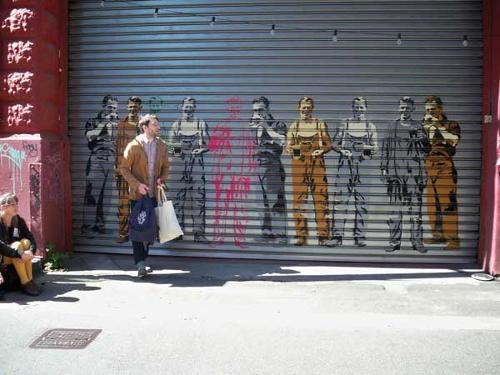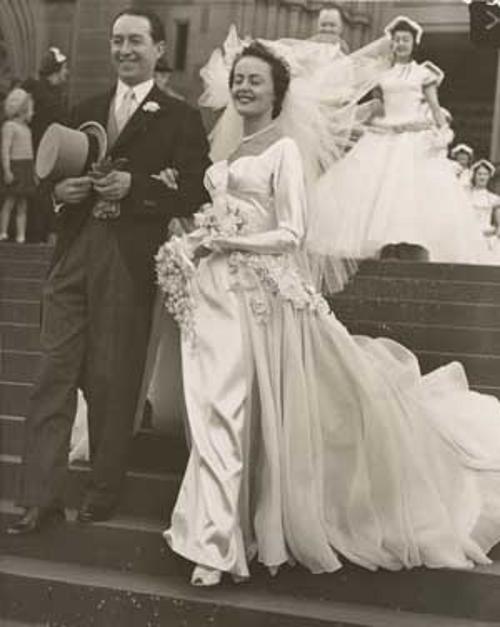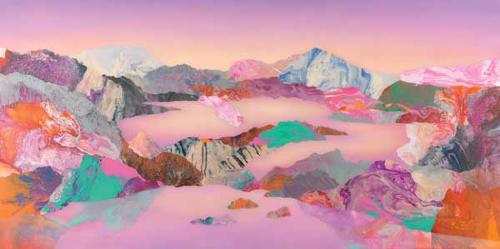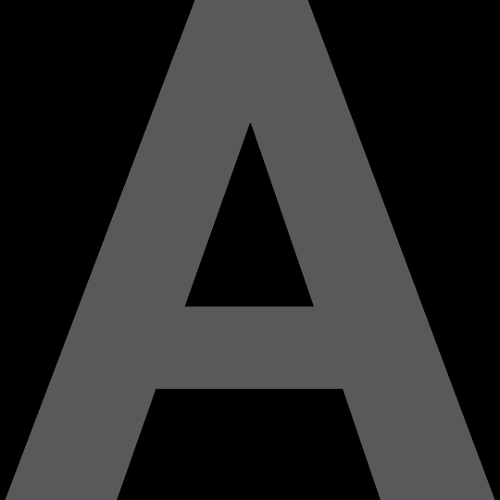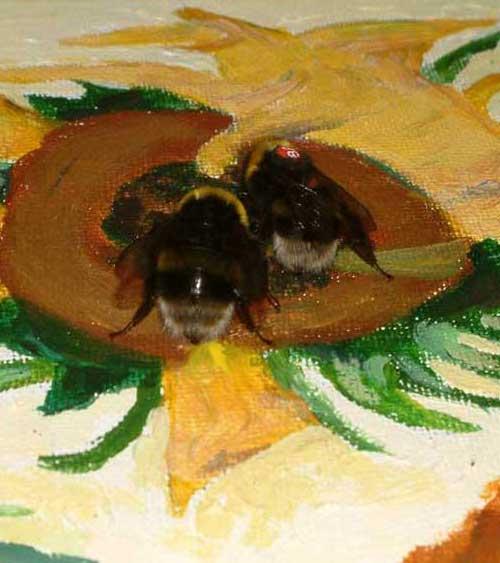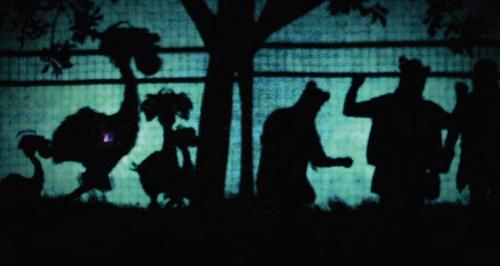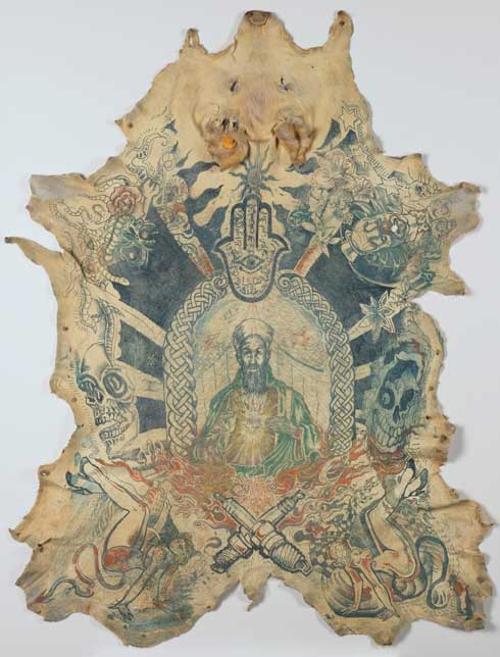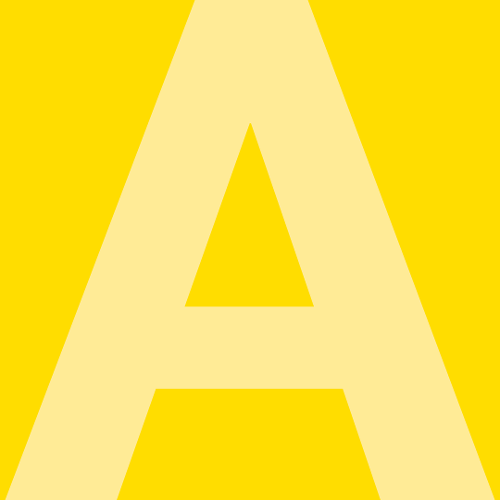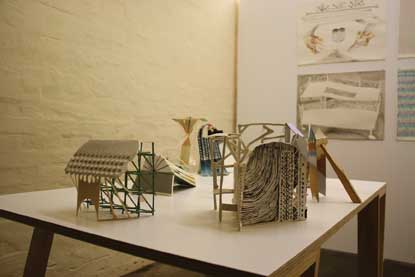
2010 was something of an annus horribilis for the Perth art scene, with opportunities for emerging artists to show their work dramatically curtailed by the closure of two important exhibition spaces. By contrast, 2011 has seen a massive surge in the number of new venues opening up in the city. From the re-launching of The Bakery and Spectrum, to the appearance of new commercial galleries Venn, Anthony Riding and OK Gallery, the west coast is experiencing a boom in new art exhibition spaces. There is little evidence to suggest that the state's mineral wealth is trickling down into the cash-strapped arts sector, at least not yet, rather this upswing of activity can be attributed to the enthusiasm and devotion of a select few individuals. ARIs, normally thin on the ground in Perth, have also begun to make a tentative resurgence, with the establishment of Galleria and The Museum of Natural Mystery.
The Museum of Natural Mystery is the brainchild of artists Pat Miller and David Egan who have converted their single car garage into a mini-gallery for monthly, one-night-only exhibitions. Operating under the maxim "Just because it’s in your backyard, doesn’t mean it has to be shit", The Museum occupies a happy middle ground between self-sufficiency and professional polish. At one end of its three metre length an archaic, springloaded tilt garage door looms heavily over the entrance; at the other is an immaculately white false wall, its pristine surface worthy of any professional gallery. Similarly, the carefully crafted exhibition furniture, fabricated in the adjacent back yard, contrasts pleasingly with the pitted, oil-stained concrete floors.
For its third exhibition, The Museum features the work of local artist Tom Freeman. His small suite of drawings and sculptures is a response to the work of French POWs interned on the outskirts of Peterborough during the Napoleonic Wars. These soldiers would fashion meticulously detailed architectural models of the buildings they could see from their cells, working with carved bone salvaged from the scraps of their daily meals. From this inspiration, Freeman has created a series of seven seemingly improvised models of fantastical, explicitly non-functional structures. Bricolaged from cardboard, balsa wood, clay, string, sugar crystal, mirror, paint and glue - seemingly whatever was to hand – these objects have an air of considered haphazardness. Elaborately patterned facades are matched by hollow unadorned interior spaces, a subtle reminder that the Peterborough POWs would have only ever glimpsed the outsides of the buildings they reconstructed in bone.
Although Freeman’s models mimic architectural features, like archways, spires and scaffolding, they are too bizarre to be called buildings. A weird disparity is evident, as serried rows of rigid lines, like prison bars, butt up against soft, organic shapes. With their jumble of materials and apparently hurried execution, these models are more like three-dimensional automatic drawing, hinting at a psychological current flowing through the work. Their creation seems driven by compulsion, the product of hands that cannot bear to be idle.
A sense of creation as an act of rebellion against a stifling environment is evident in Freeman’s drawings. Executed in watercolour and ink wash, the four pieces are an assortment of abstract and figurative images. The strongest rely again on a sense of compulsive repetition, an almost manic, multi-coloured pattern of vertical lines; once more recalling prison bars or the notches etched into cell walls by prisoners counting off the days of their incarceration. In another piece, markers have been used to create a pattern of vertical lines in alternating colours, the strength of the line becoming increasingly faint toward the righthand margin as the markers gradually run out of ink. These works speak of the passage of time and the numbing repetition of prison days. They also suggest the role artistic creation plays as a reprieve from tedium. An artwork can be understood as a unit of time; a way to both fill and measure one’s days.

